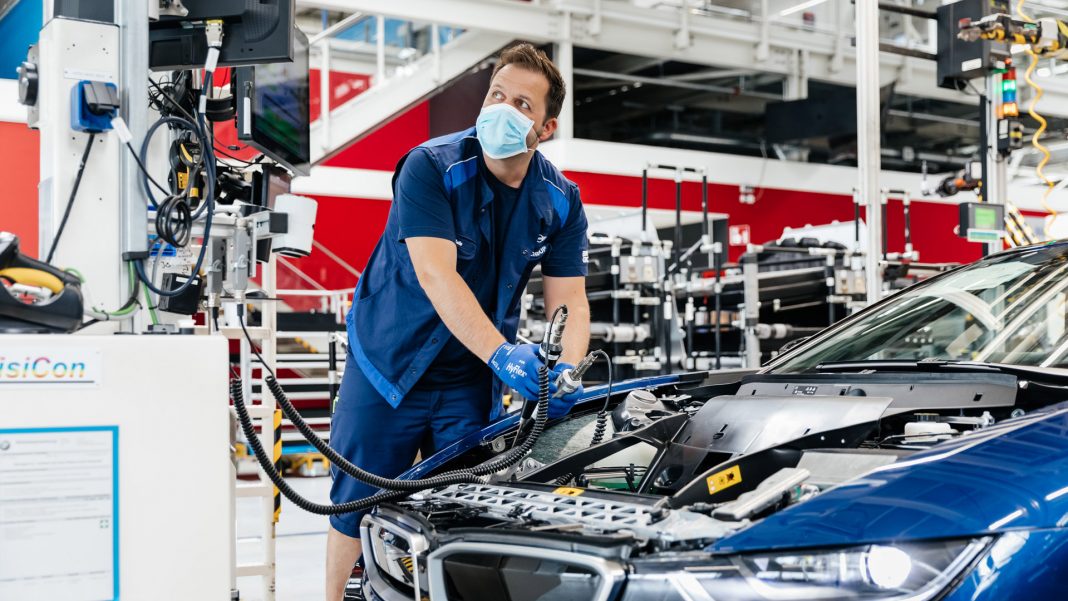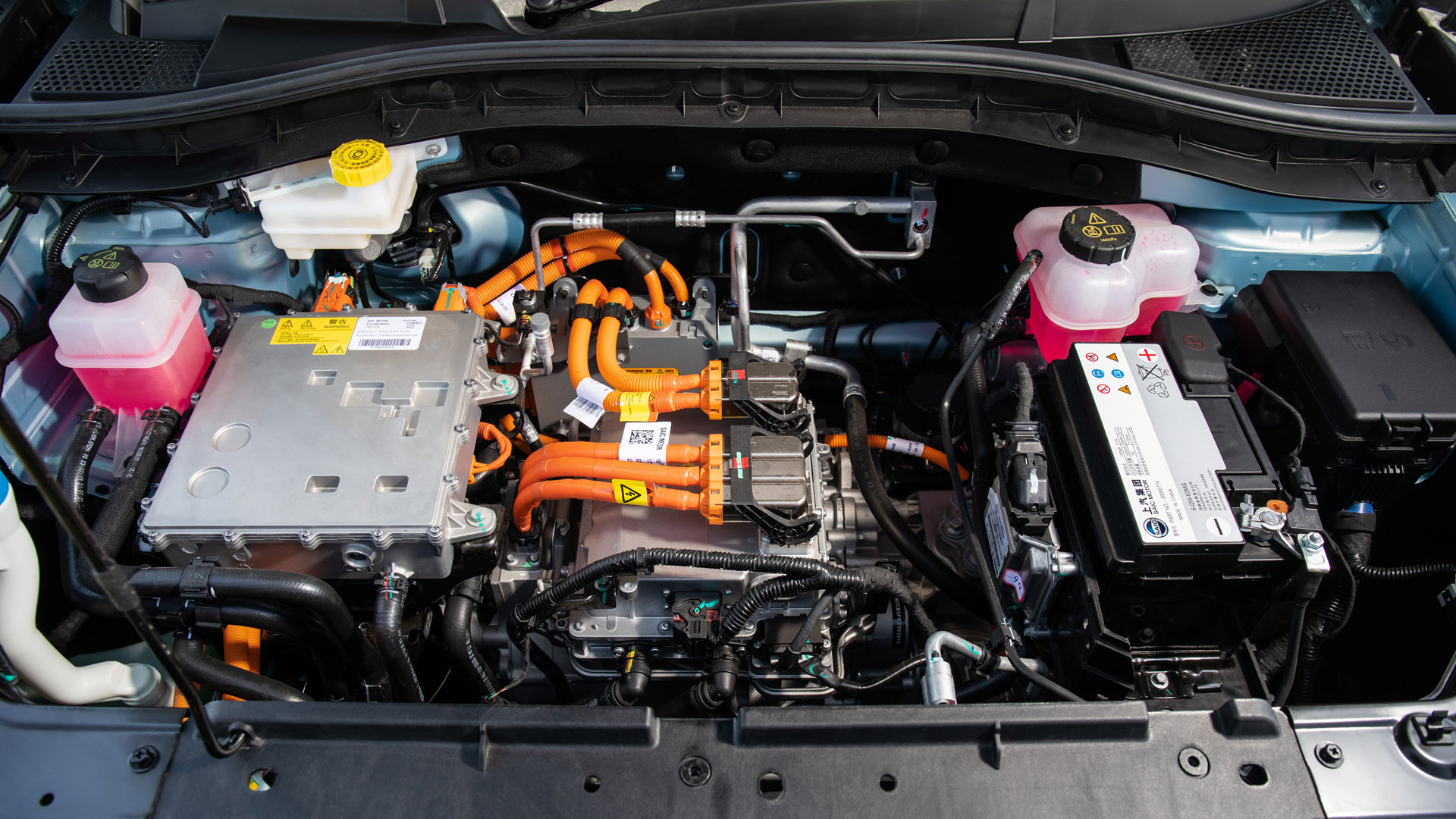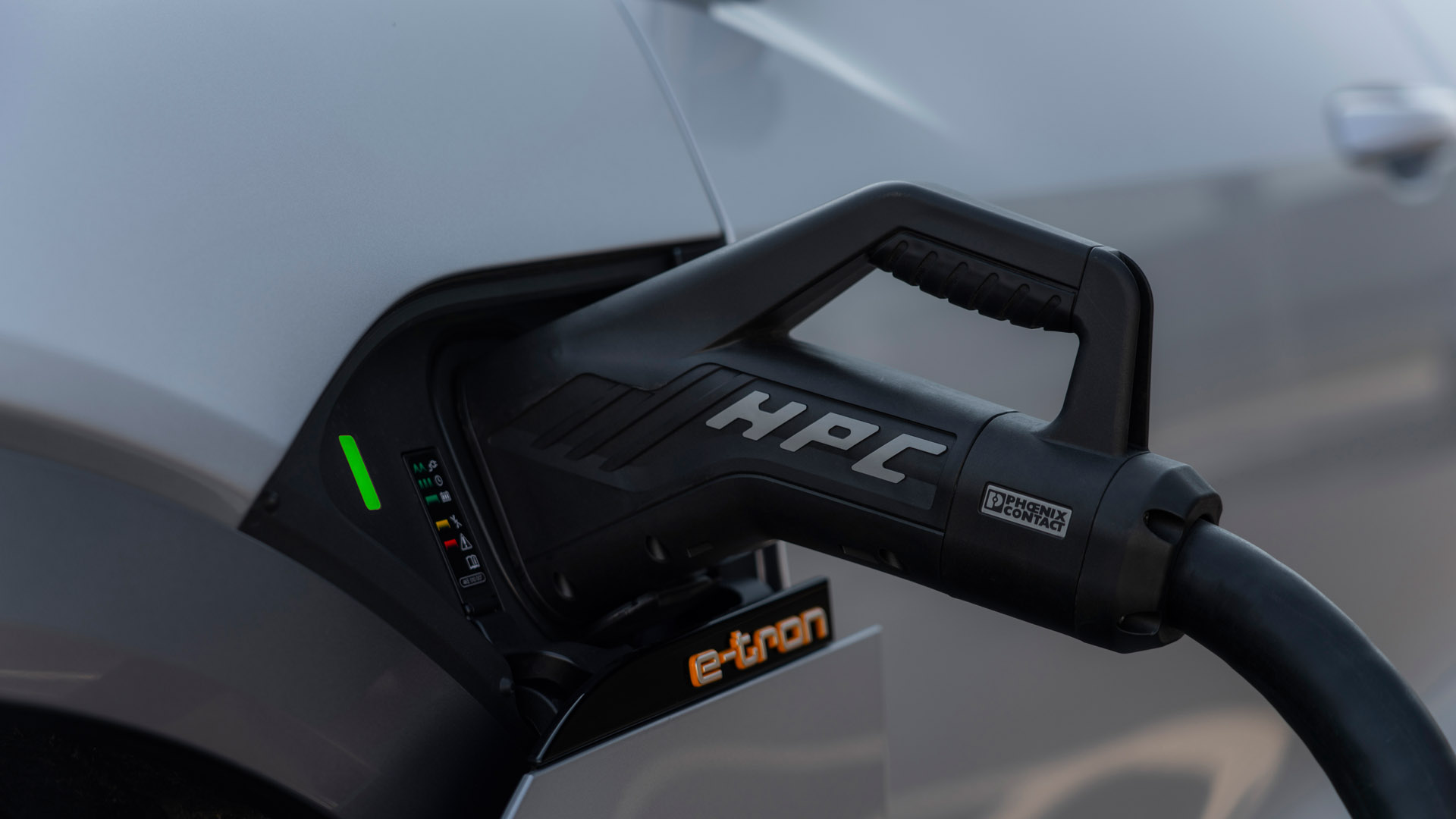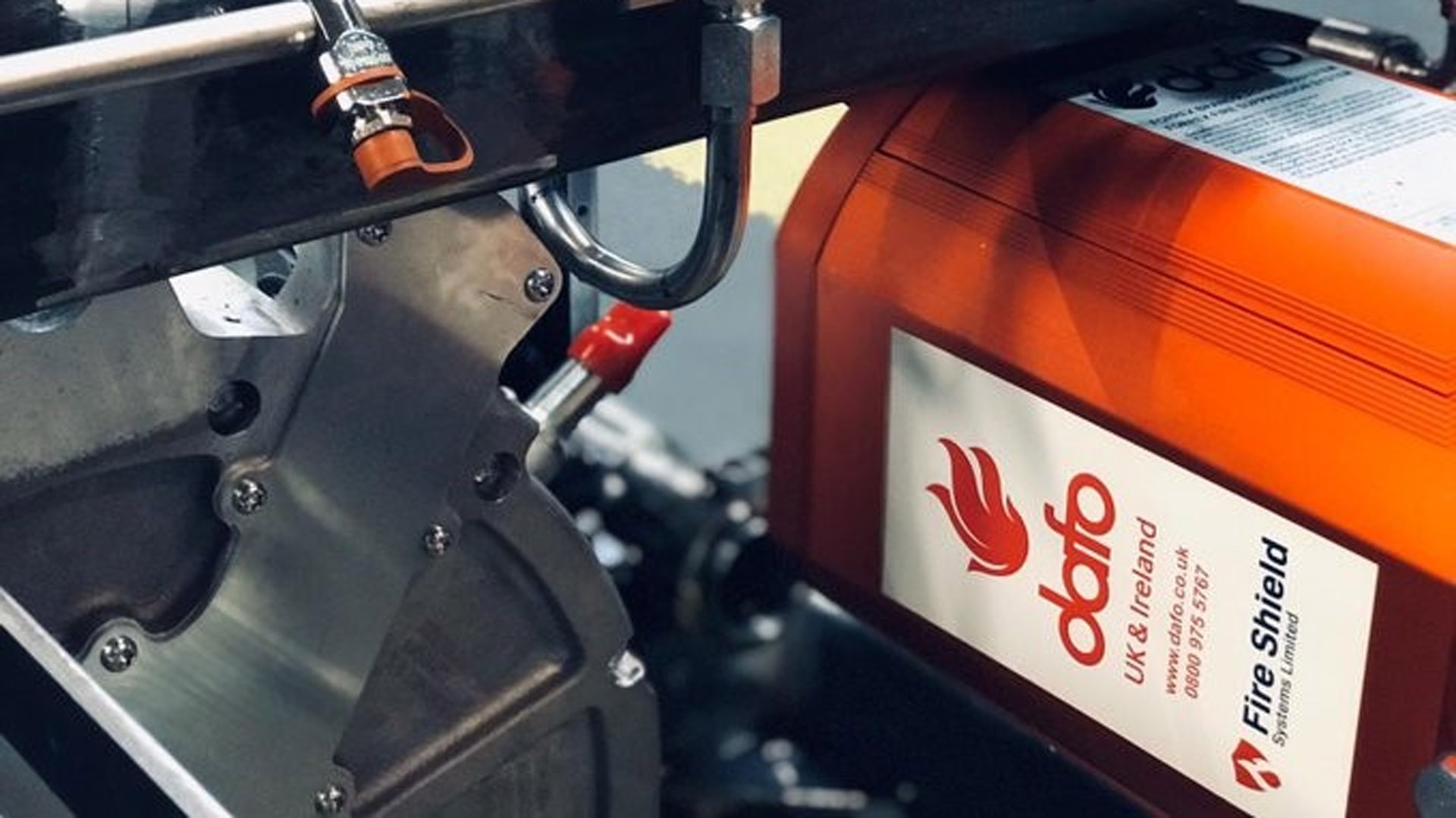As we continue the global transition towards sustainability and renewable energy carriers at pace, vehicle propulsion is undertaking its greatest challenge – electrification.
This societal shift in attitude is resulting in a rapidly growing demand for electric and hybrid electric vehicles (EVs, HEVs and PHEVs). With high rises planned for fuel levies in the near future, as proposed in the UK government’s 2020 budget, demand is only set to increase further in the coming years.
As we undergo this cultural change towards a more environmentally-friendly planet, with transport operations predominately powered by lithium-ion (Li-ion) batteries, there are new safety risks, which need to be both considered and mitigated. User knowledge of these new risks is currently very limited, but the consequences of Li-ion battery malfunction can be severe – potentially resulting in toxic gas emissions or large explosions.
TotallyEV reached out to James Mountain, Director at Fire Shield Systems to comment on the subject.
Read next: Euro NCAP updates its testing protocols and safety ratings for 2020
Fire protection in combustion engines vs Li-ion powered vehicles
Vehicle fire protection and suppression solutions have been available for decades, and are widely used and regulated across a range of industries. However, existing solutions are specifically developed to be most effective for use on vehicles with combustion engines, and are tested and regulated with this in mind. Currently, there are limited testing methods, standards and regulations that support fire prevention and safety for EVs and HEVs.
Buy a car phone mount on Amazon (Affiliate)
The sustained increase in demand for EVs and HEVs has accelerated the need for new fire suppression technologies.
“With the rapid introduction of electric and hybrid electric vehicles in public transport, there are new challenges, because they present totally different risk scenarios,” says Anders Gulliksson, Senior Quality Executive at Dafo Vehicle Fire Protection.
So, what are the different fire risks for EVs and HEVs, compared with traditional combustion engine vehicles?
Read next: The dawn of a new sustainable future?
1. Multiple fire hazards
There are a multitude of fire risks associated with EVs and HEVs, including: heaters, battery packs, power electronics and drive systems. The fire suppression solution should address and mitigate each of these risks. For HEVs and PHEVs, the traditional fire risks associated with combustion engines, also need to be considered. For vehicle power, EVs and HEVs carry a large battery, which in itself can pose significant safety risks.
Read next: Best upcoming cars and SUVs in 2020 and beyond
2. Risk of thermal runaway
One of the main differences between EVs and combustion engine vehicles, is the risk of a state called ‘thermal runaway’. Thermal runaway is the consequence of a chemical reaction and rapid temperature increase, caused by malfunction of the engine’s Li-ion battery cells. If a battery enters thermal runaway, the propagation process can more or less become self-sustained, as it has the capability of producing its own oxygen to propel the fire.
“When the commonly used Li-Ion batteries fail through short-circuiting, overcharging, high temperatures, mechanical damage and overheating, this might cause thermal runaway and the release of a flammable electrolyte, which makes fire extinguishing very difficult,” says Anders Gulliksson.
3. Potential for toxic emissions
Thermal runaway raises the risk of potentially toxic gas emissions. When a battery enters thermal runaway, a number of gases will be emitted – carbon monoxide (CO) being one particularly common and harmful gas.
Read next: What is an EV? Everything you need to know about hybrid and electric vehicles
How can you mitigate the risks?
When protecting electric vehicles, the predominant aim of any fire suppression system should be to prevent the battery from entering thermal runaway.
A failing battery will vent its over-pressure, signalling that it’s about to enter thermal runaway. At this point, the suppression system should initiate measures to prompt battery cooling, preventing its acceleration to thermal runaway. If the suppression system quickly detects risk and activates the deterrent, the process can be quickly reversed – and potentially even eliminated entirely.
Buy a car phone mount on Amazon (Affiliate)
However, preventing thermal runaway in this way may not always be possible. In these circumstances, the system should act to delay propagation, ensuring the vehicle can be safely evacuated before thermal runaway occurs. This is particularly important for vehicles that carry a large number of passengers, such as buses.
Due to the potential for toxic emissions, it is also crucial that all EVs and HEVs are equipped with a heavy-vehicle, specialist sensor. This will alert the operator to the presence of any toxic emissions, allowing safe evacuation.
A new fire suppression solution
Existing vehicle suppression solutions are designed to be most effective with combustion engines – they will only go so far in preventing fire in EVs and HEVs. For more information surrounding vehicle fire suppression in electric and hybrid electric vehicles, visit Fire Shield Systems’ website.









